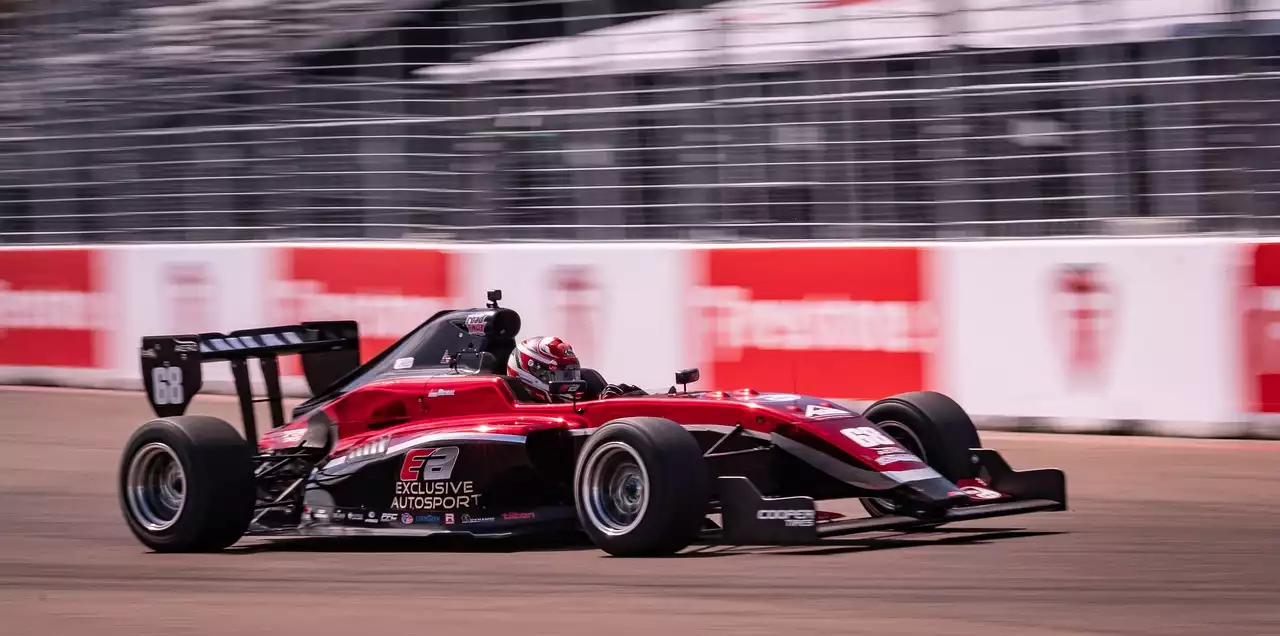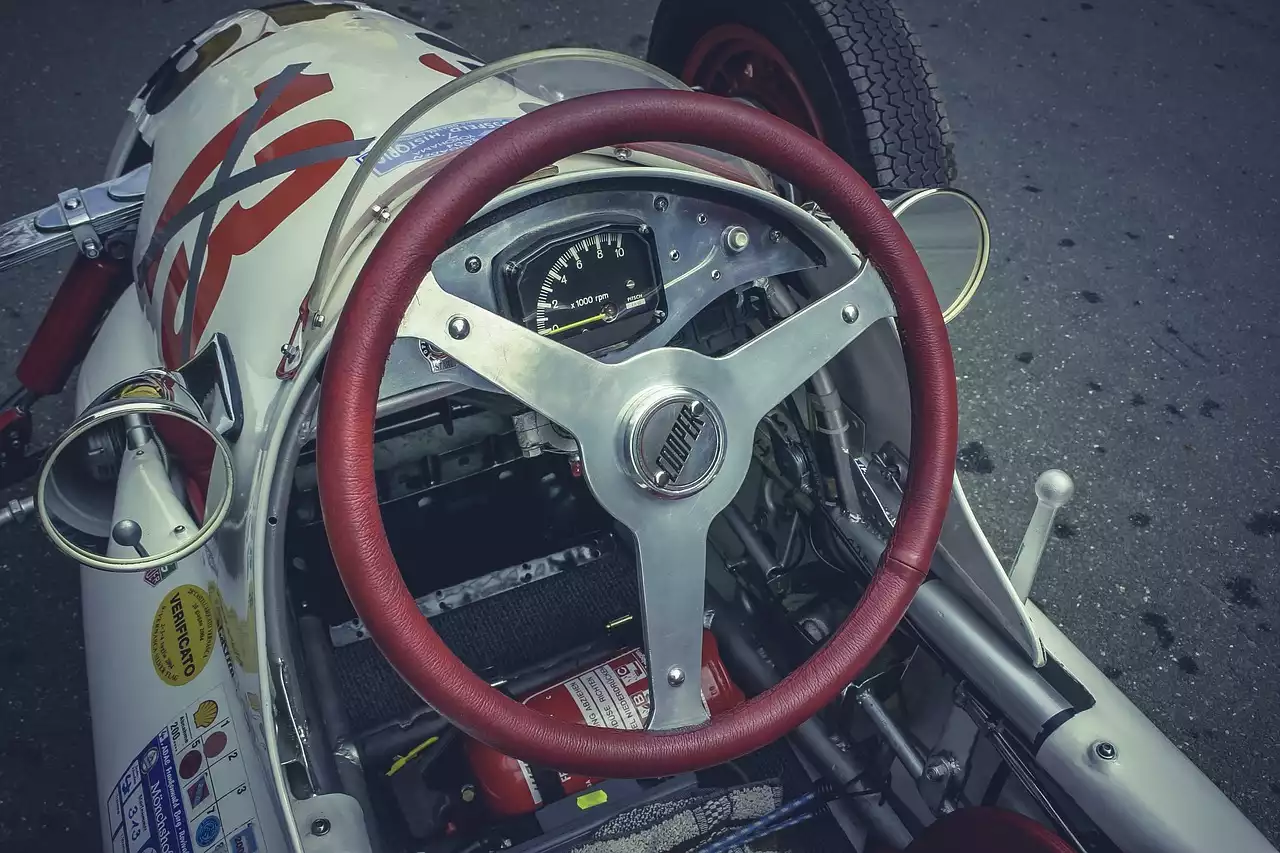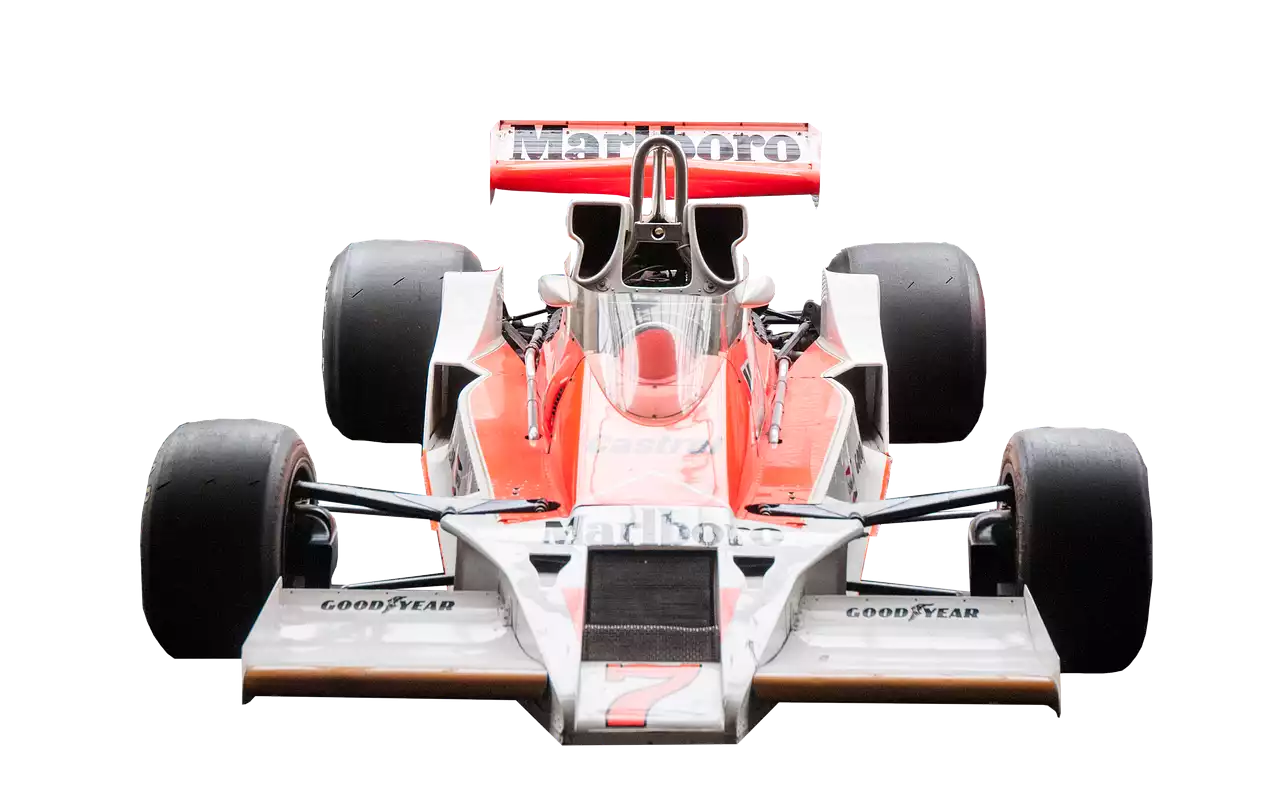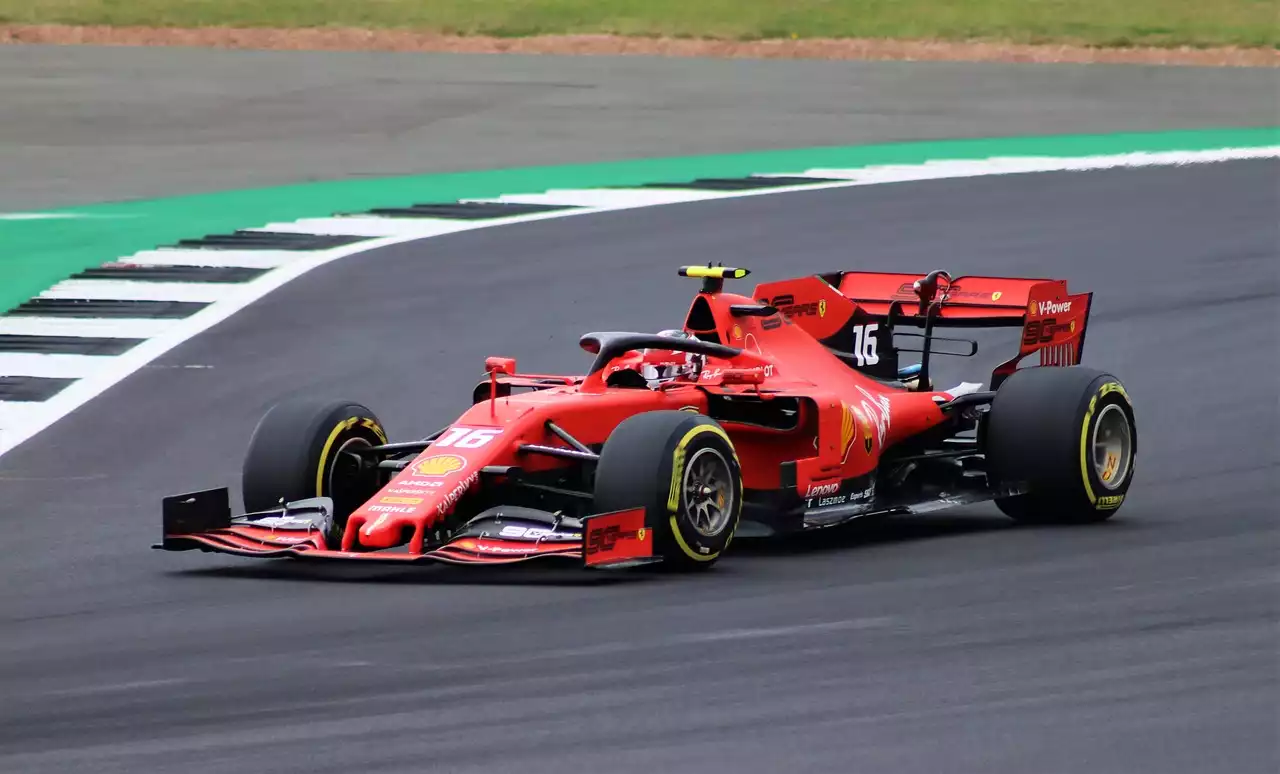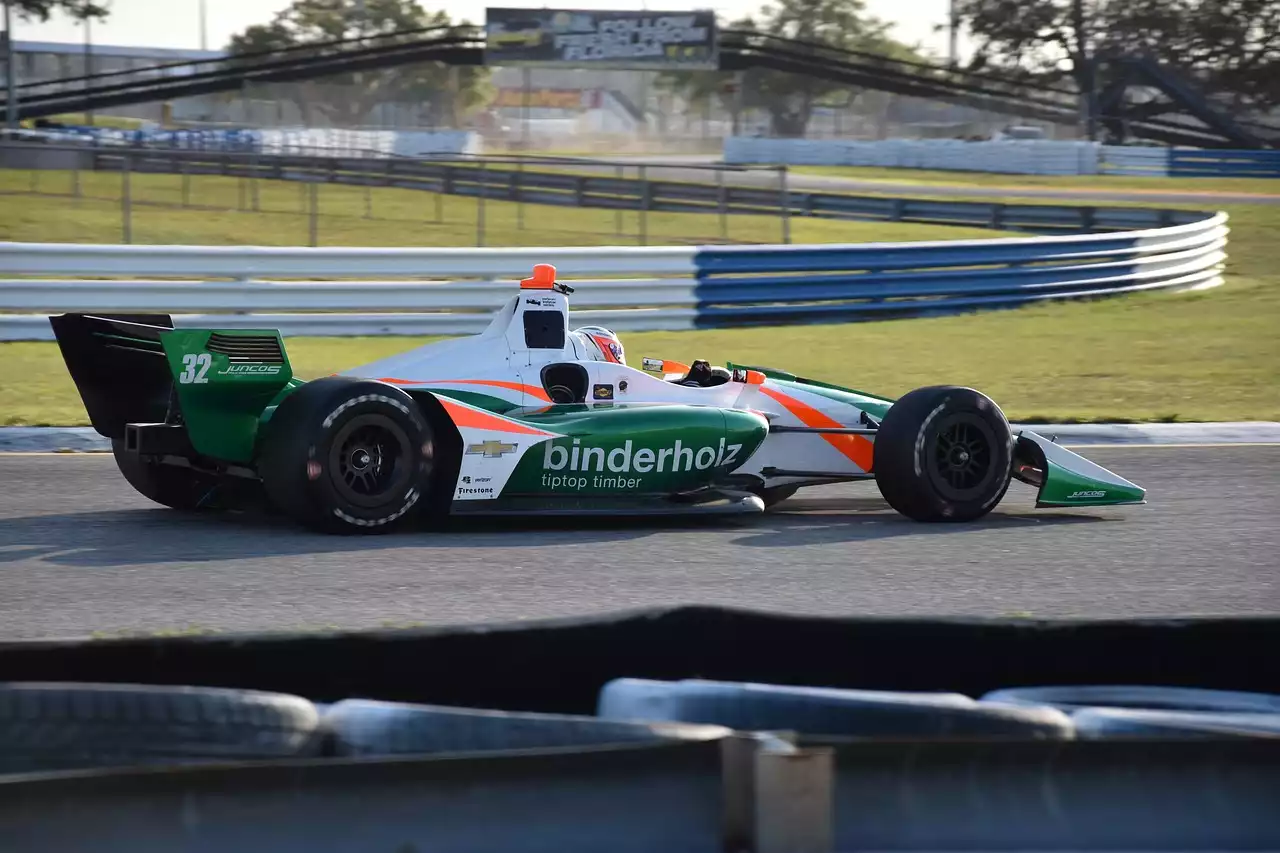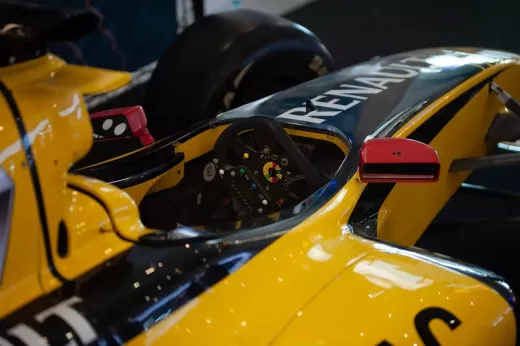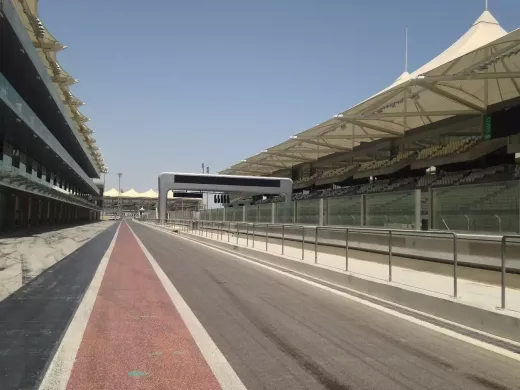A Brief History of IndyCar Racing
IndyCar racing has a long and storied history that dates back to the early 20th century. The first Indy 500 race was held in 1911, and the sport has been growing ever since. Over the years, the cars and technology used in IndyCar racing have evolved, becoming faster, sleeker, and more advanced.
In the early days of IndyCar racing, the cars were simple and often homemade. But as the sport grew in popularity, manufacturers began to take notice. Today, IndyCar racing cars are some of the most advanced machines in the world, featuring cutting-edge technology and aerodynamic designs that allow them to reach incredible speeds.
The Cars and Technology Used in IndyCar Racing
IndyCar racing cars are designed to be fast, agile, and aerodynamic. They're built using lightweight materials such as carbon fiber and aluminum, which help to reduce weight and increase speed. The engines used in IndyCar racing are also incredibly powerful, capable of producing over 700 horsepower.
One of the most important components of an IndyCar racing car is its aerodynamics. The cars are designed with wings and spoilers that help to generate downforce, which keeps the car on the track and allows it to corner at high speeds. The tires used in IndyCar racing are also specially designed to provide maximum grip and traction, even in the most challenging conditions.
The Top IndyCar Racing Teams and Drivers
IndyCar racing is home to some of the most talented drivers in the world. From veterans like Scott Dixon and Will Power to up-and-coming stars like Colton Herta and Rinus VeeKay, the competition is fierce. The top IndyCar racing teams include powerhouse organizations like Team Penske and Chip Ganassi Racing, as well as smaller teams like Meyer Shank Racing and Dale Coyne Racing.
To be a successful IndyCar driver, it takes more than just raw talent. It takes dedication, hard work, and a willingness to push yourself to the limit. Drivers must be able to navigate through tight corners, deal with high speeds and G-forces, and make split-second decisions that can mean the difference between victory and defeat.
The IndyCar Racing Season and Schedule
The IndyCar racing season typically runs from March to September, with races held throughout the United States and Canada. The season includes a mix of oval, road course, and street circuit races, each with their own unique challenges and requirements. The highlight of the season is the Indianapolis 500, which is held on Memorial Day weekend and is considered one of the most prestigious racing events in the world.
In addition to the Indy 500, other iconic races on the IndyCar schedule include the Grand Prix of Long Beach, the Detroit Grand Prix, and the Firestone Grand Prix of St. Petersburg. Each race offers its own unique experience for fans, from the excitement of the street circuit races to the high-speed thrills of the oval tracks.
The Most Iconic IndyCar Racing Events
The Indianapolis 500 is the most iconic event in IndyCar racing, with a history that dates back over 100 years. The race is held annually on the weekend of Memorial Day and draws fans from around the world. The race is known for its high-speed thrills and heart-stopping moments, from the roar of the engines to the nail-biting finishes.
Another iconic event on the IndyCar racing calendar is the Grand Prix of Long Beach. Held on the streets of Long Beach, California, the race is a true test of skill and precision. The track is tight and technical, with narrow corners and high-speed straights that require drivers to be at the top of their game.
The Future of IndyCar Racing
The future of IndyCar racing is bright, with new technologies and innovations on the horizon. The sport is constantly evolving, with advancements in aerodynamics, engine technology, and safety features driving the industry forward. IndyCar is also exploring new venues and markets, with plans to expand its reach beyond North America in the coming years.
In addition to technological advancements, IndyCar is also focused on creating a more sustainable future. The sport has committed to reducing its carbon footprint and promoting environmental sustainability through initiatives like the Green Racing program.
Tips for Attending an IndyCar Race
Attending an IndyCar race is an unforgettable experience, filled with excitement and energy. To make the most of your visit, it's important to plan ahead and come prepared. Here are some tips to help you make the most of your IndyCar racing experience:
- Arrive early: Get to the track early to avoid traffic and find a good spot to watch the race.
- Bring earplugs: The engines can be incredibly loud, so be sure to bring earplugs to protect your hearing.
- Dress appropriately: Be sure to dress for the weather and wear comfortable shoes.
- Bring snacks and water: Food and drinks can be expensive at the track, so consider bringing your own.
- Explore the track: Take some time to explore the track and check out the various exhibits and displays.
Behind the Scenes of an IndyCar Race
Behind the scenes of an IndyCar race is a flurry of activity and excitement. From the pit crews to the support staff, everyone plays a crucial role in making the race a success. The pit crews work tirelessly to keep the cars running smoothly, changing tires, refueling, and making repairs as needed.
The support staff includes a wide range of professionals, including engineers, mechanics, and data analysts. These individuals work behind the scenes to help the drivers and teams make strategic decisions and ensure that the cars are performing at their best.
